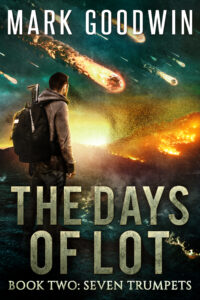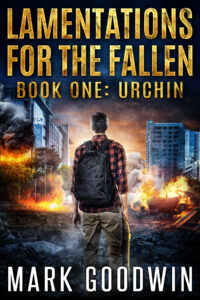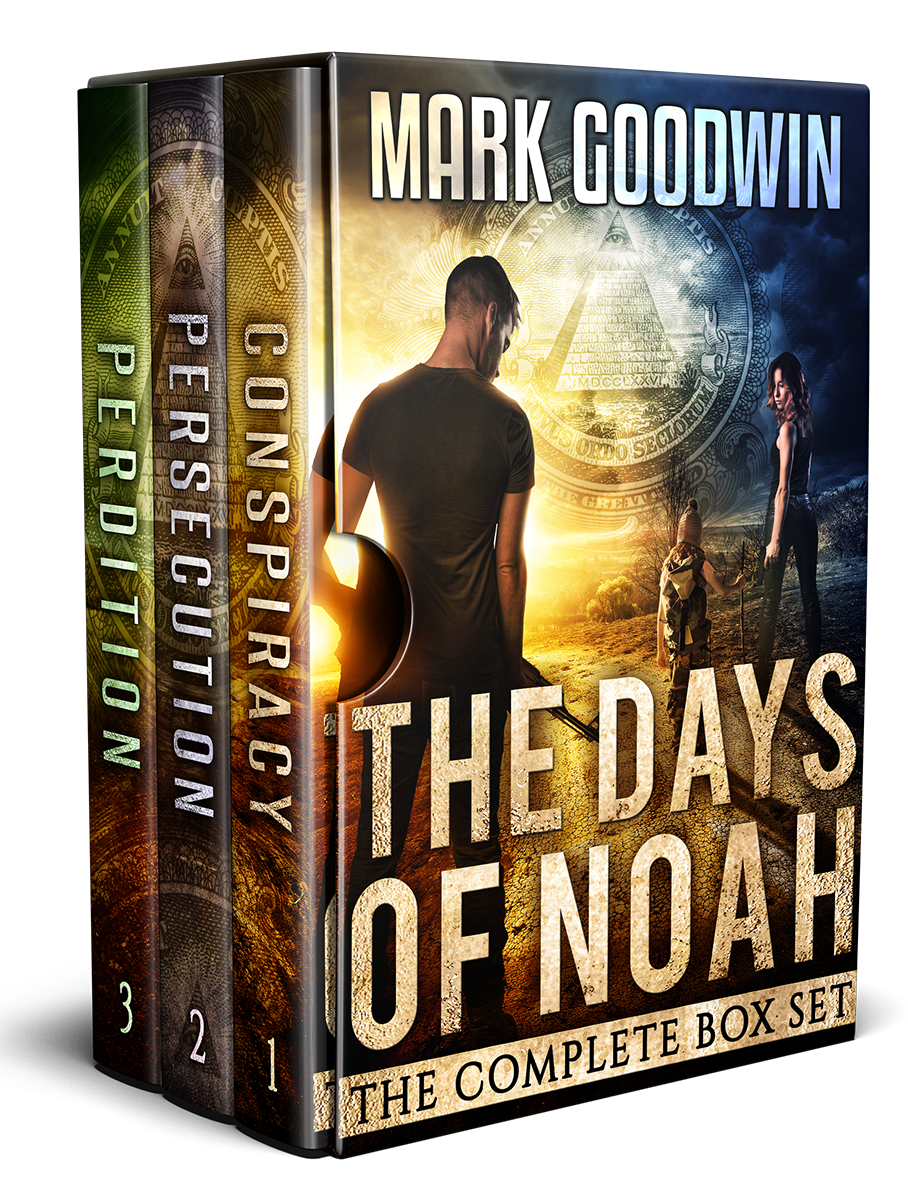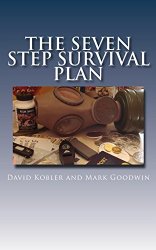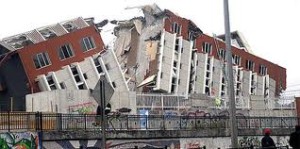Prepping for Earthquakes
Prepping for Earthquakes
Preparedness has some common threads, no matter what you are prepping for. This is because the basic need for survival do not change, and several different types of natural and man made disasters will disrupt the availability to those common needs. With that said, each individual disaster has the potential to affect your ability to meet your basic survival needs in a different way. Today’s post will look at a few ways to make your plan a bit more specific to disruptions from an earthquake. People who live along the San Andreas fault in California or near the New Madrid seismic zone in the mid-west know that they are both long overdue for the big one.
Water
Keeping a supply of bottled water is essential for those who live in zones susceptible to earthquakes. This can be done very cheaply by keeping old soda or juice bottle, cleaning them thoroughly and refilling them from the tap. Most everyone should keep a few gallons of water stored, regardless of where you live. One of extra precautions that should be taken by those in earthquake territory is to break up your supply. Perhaps you should keep a few gallons in the garage, few in the office closet and a few under the bed. Having it spread around increases your chances of being able to access it if one part of your home collapses. I would also recommend having at least one high quality water filter like the Katadyn Hiker Pro. Water lines may be broken and completely not work after an earthquake. Water lines may also be compromised and therefore contaminated. Do not drink water from your regular source after an earthquake until you have been given the all clear.
Bug Out Bag
Your bug out bag should have all the essentials you need to survive for 72 hours. We have an extensive article on Bug Out Bags as part of our 7 Step Survival Plan. This basic preparedness toll does not change regardless of the threat. Perhaps those living near faults should try to keep it stored near the door. You will also want to be sure you have a good tent in your bag. Bugging out for you may mean camping out in your backyard. Earthquakes tend to disrupt the stability of structures making them dangerous to live in, even if they are not destroyed. Additionally, after shocks from large earthquakes can cause further damage without warning. After an earthquake, plan to stay outside of your house until you get the all clear from an engineer.
Food
Food is another common thread for all sorts of disaster preparedness. Like the water, you may want to break up your food storage into different areas of your home, for the same reasons. Be sure to keep some easy to prepare and ready to eat food items on hand as cooking fuel may be hard to come by. Gas lines may break and power lines may be severed leaving you with only the cooking fuel you have stored. Camping stoves do not take up much room and the propane tanks that are used to fuel them last for several years. We also have a very extensive article on Food Storage as part of out 7 Step Survival Plan.
Security
After the earthquake in Haiti, people saw looters coming into their camps at night. Since most everyone was outside in some sort of make shift tent, all of there supplies were very vulnerable. If someone is stealing your supplies, they are threatening your very life as you may not survive without those supplies. You must be willing to defend your supplies as you would defend your life as there will be little difference. Many people think the shotgun is the ultimate home defense weapon. Shotguns are still legal to possess in most parts of the country at the time of this writing. Nebo makes a great adapter to mount a tactical light to your shotgun to allow you to visually sweep an area with the weapon and the light simultaneously.
First Aid
First aid is a priority for those living in seismic activity zones. Falling debris and even rescue efforts can leave you with serious cuts and breaks. Hospitals will be overwhelmed and transportation may be incapacitated. Here is a great article on building a proper first aid kit.
Situational Awareness
Staying aware of the seismic activity in your area s a very good idea. Major earthquakes often happen without warning, but earthquakes in one seismic zone may indicate that tectonic plates are becoming less stable in other zones as well. Here is a great site monitor seismic activity. It is also available by clicking the Seismic Monitor icon on the left side bar of PrepperRecon.com. You can download the Scanner Radio app to your smart phone. If you still have service after the quake, it will allow you to listen in on police and rescue radios to determine what areas have been hardest hit. Also have a plan with your family on where to meet if your can not get home. Sometimes after disasters, text messages will still go through even when regular telephone communications are overloaded. Also keep a pair of good walking shoes, a small first aid kit, a few bottles of water and some snack bars in the car in case you have to get home on foot after an earthquake.
It is impossible to fully plan for a life altering event like an earthquake, but taking these simple steps will increase you chances of survival.
Happy Prepping!


